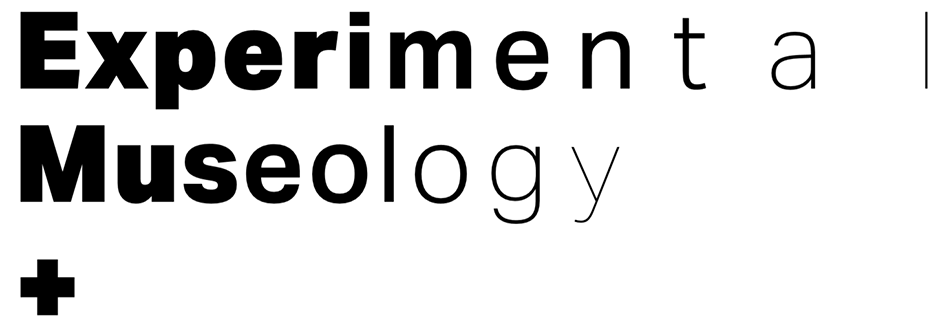United States of America | |
| Website |
|
About
|
Relevant People: |
United States of America | |
| Website |
|
About
|
Relevant People: |
Germany | Heidelberg |
| Website |
|
About The Institute posesses historical photographs of histological brain slices and also wet specimens made by Friedrich Arnold (1803-1890), who was chair of the Heidelberg Institut from 1852 to 1873. He first described the otic ganglion. In addition, there is a phrenology skull made of plaster which shows on one side the theory of Franz Joseph Gall (1758-1828), on the other side the idea which Johann Gaspar Spurzheimer (1776-1832) developed. |
Relevant People:Friedrich Arnold |
Netherlands | Oegstgeest |
| Website |
|
About You can take a journey through the human body starting at the feet and ending in the brain at CORPUS museum in Leiden, Holland. Offers audio tours in eight languages and has 3D projected presentations. |
Relevant People: |
Netherlands | Leiden |
| Website |
|
About Herman Boerhaave (1668-1738) was an influential physician and teacher of medicine in Europe. The museum has a vast collection of medical instruments, books, models, and wax figures as well as a reconstruction of an anatomical theatre. |
Relevant People:Herman Boerhaave |
Armenia | Yerevan |
| Website |
|
About Being founded in 1978, the University Museum of History of Medicine of Armenia (MHMA) was formed partially through the collection of academician Levon Hovhannisyan and private collection of famous medical historian Vladimir Martirosyan, who was the founder and long-term director of the museum. Collections, including over 8000 objects, range from portraits, providing a pictorial and sculptural record of meritorious scientists and distinguished professors, their manuscripts and memoirs, to the exquisitely displayed medical instruments, and appliances used in traditional medicine best illustrating different stages of progress of medicine in Armenia throughout the history. |
Relevant People: |
Belgium | Bruxelles |
| Website |
|
About The Musée de la Médecine in Brussels was opened in 1995. Its collection consists of over 5,000 items that include books on anatomy, surgical instruments, engravings and paintings. Archeological discoveries and art illustrations demonstrate the evolution of Western healing from ancient times to present. The museum’s wax collections are educational. The museum displays the history of medicine starting religious believes and magics to scientific rational. |
Relevant People: |
Ukraine | Kyiv |
| Website |
|
About The National Museum of Medicine of Ukraine is one of the largest in Europe, covering medical history from ancient times to present day. The museum has: a collection of medical artifacts, and anatomical specimens, an archive of scientific publications and documents, portraits of prominent scientists and physicians, and even dioramas depicting important events in Ukranina medicine. For neuroscience, the museum preserves the work of Vladimir Betz, who discovered motor areas of the brain and has a type of neuron (a giant pyramidal cell) named after him. |
Relevant People:Vladimir Betz |
Ukraine | Lviv |
| Website |
|
About This Museum is an affiliate of the university that serves as both a museum and a resource for students. Its exhibits include: Lviv Medical University: Past and Present, Ukrainian history (secret) University in Lviv, Doctors Galicia participants liberation struggle, History of the Ukrainian Medical Association of Lviv, History Hospital “National Hospital” in Lviv, Exhibition of medical instruments, medicines. |
Relevant People: |
Russia | Moscow |
| Website |
|
About The museum is a subdivision of Moscow State University and is a part of educational process. It’s goals include scientific research, collection and preservation of historical past of the oldest medical institution in Russia. The main museum collection consists of unique documents and relics from the University, family archives of doctors and professors, books, furniture, photographs of famous doctors and scientists, rare medical textbooks form West Europe and Russia, as well as anatomic atlases and dissertations. The Museum has a collection of medical instruments form 18th-20th centuries and equipment allowing to reconstruct the development and evolution of medicine in Russia. |
Relevant People: |
Italy | Corteno |
| Website |
|
About In 1894 the Institute of General Pathology, directed by Golgi and one of the most famous biomedical research centres in Europe at the time, was set in the historic building Palazzo Botta. The very same rooms today house the the Camillo Golgi Museum in order to bring back, thanks to the heritage of scientific tools and documents left behind, the living memory of that laboratory. The Museum was founded in October 2012 and comprises six rooms. The first room shows the original office of the Institute’s Directors. In the second one a review of Camillo Golgi’s greatest discoveries is on display: the black reaction, the research studies on malaria and the identification of the Golgi apparatus, which took place right in this building. Beside a rich collection of microtomes and microscopes, a collection of camera lucidas and of the first devices developed for microphotography is also accommodated in the room. The third room focuses on some of Golgi’s students and the equipment they used to make their cutting-edge discoveries. The old library and the archive are housed in the fourth room and in the fifth one, where the antique furniture allows the visitors to catch also visually the atmosphere of that period. The last room is the Aula Golgi, the splendid hemicycle where Camillo Golgi taught and where seminars and conferences are held still today. |
Relevant People:Camillo Golgi |
| Supported by |
In collaboration with |
  |
  |
| All information and images rights are reserved to the corresponding institutions. | Theme and design: by David Martinez Moreno. |